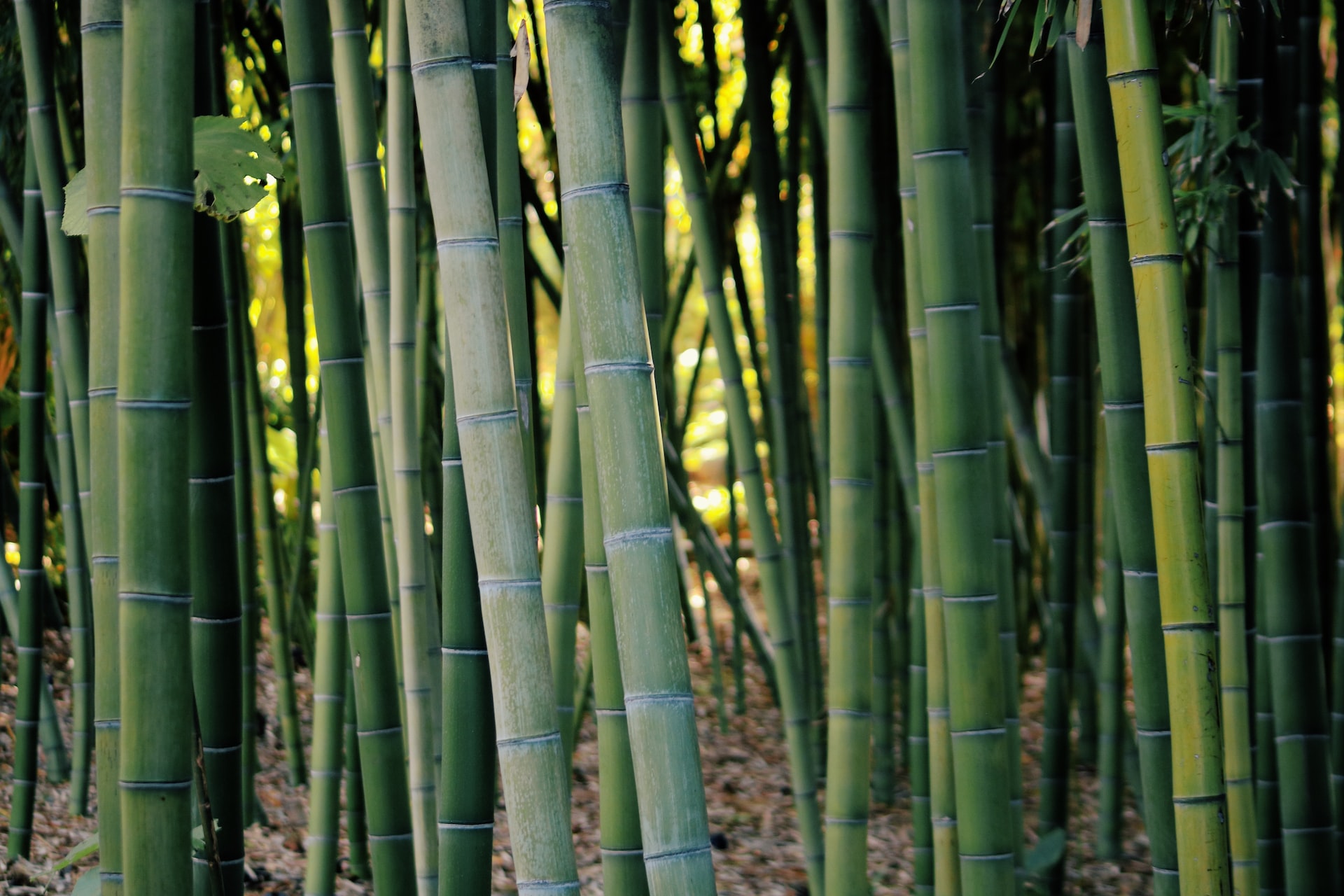The Importance of Bamboo Forests in India: Absorbing Carbon Dioxide and Supporting Wildlife Habitat

Bamboo forests are an important part of the Indian landscape, and they play a number of important roles in the environment. In this article, we’ll take a closer look at the importance of bamboo forests in India and their role in absorbing carbon dioxide from the atmosphere and supporting wildlife habitats.
What are Bamboo Forests?
Bamboo forests are areas where bamboo plants grow in large numbers. Bamboo is a type of grass that is native to many parts of the world, including Asia, South America, and Africa. It is a fast-growing plant that can grow up to several feet per day, and it is known for its strength and durability.
Bamboo forests can be found in many parts of India, and they are an important part of the country’s landscape. Bamboo is a popular plant in India due to its beauty, versatility, and easy maintenance. It is also a symbol of good luck and prosperity, making it a popular choice for gardens and landscapes.
The Role of Bamboo Forests in Absorbing Carbon Dioxide
One of the main environmental benefits of bamboo is its ability to absorb carbon dioxide from the atmosphere. When bamboo grows, it absorbs carbon dioxide through photosynthesis, converting it into biomass. This process removes carbon dioxide from the atmosphere and stores it in the plant.
Some research suggests that bamboo may be particularly effective at absorbing carbon dioxide due to its fast growth rate. Bamboo can grow up to several feet per day, making it one of the fastest-growing plants in the world. This means that it is able to absorb more carbon dioxide per hectare per year than slower-growing plants, such as trees.
By planting bamboo forests, we can help to absorb carbon dioxide from the atmosphere and reduce the risk of soil erosion. Bamboo’s ability to absorb carbon dioxide makes it a powerful tool in the fight against climate change.
The Role of Bamboo Forests in Supporting Wildlife Habitat
In addition to their role in absorbing carbon dioxide, bamboo forests are also important for supporting wildlife habitats. Bamboo is a vital food source for a variety of animals, including pandas, elephants, and monkeys. It is also an important source of shelter for many animals, providing them with a safe and protected place to live.
Bamboo forests are home to a diverse range of plant and animal species, and they play a crucial role in supporting biodiversity. By protecting bamboo forests, we can help to preserve these ecosystems and support the many species that rely on them for food and shelter.
In conclusion, bamboo forests are an important part of the Indian landscape, and they play a number of important roles in the environment. They are able to absorb carbon dioxide from the atmosphere, making them a powerful tool in the fight against climate change.
They are also important for supporting wildlife habitat and providing food and shelter for a variety of plant and animal species. By protecting bamboo forests, we can help to preserve these important ecosystems and support the many species that rely on them.






